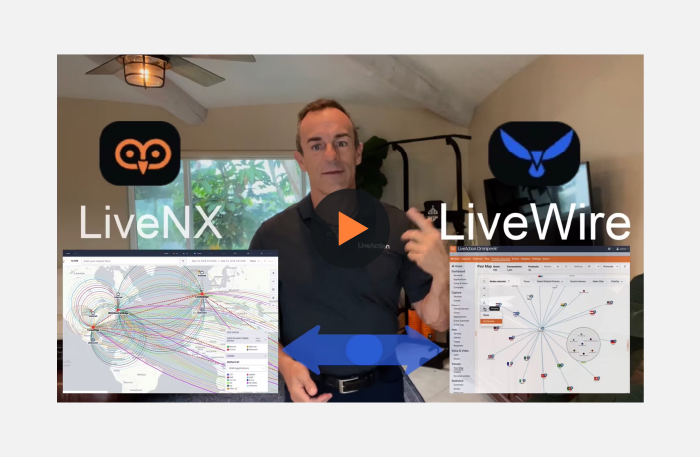
In today’s rapidly evolving digital landscape, how does a network operations leader minimize risks and confidently choose a Network Performance Monitoring (NPM) solution that works to address their needs?
Without question, businesses heavily rely on robust and efficient network infrastructure to stay competitive. As the importance of network performance becomes increasingly evident, investing in a network performance monitoring (NPM) solution is critical. However, many organizations hesitate due to perceived risks associated with such investments. In this blog post, we will explore these concerns and provide insights on how you can reduce the perceived risks, enabling your business to make informed and confident decisions.
- Understanding Perceived Risks
- Begin by addressing common misconceptions and fears surrounding network performance monitoring solutions. These may include concerns about implementation complexity, potential disruptions, or the fear of investing in a solution that might not align with future needs. By acknowledging these concerns upfront, you can better navigate the decision-making process.
- Clarifying the Benefits
- Clearly articulate the advantages of implementing a network performance monitoring solution. Highlight how such a tool can proactively identify issues, optimize network resources, and ultimately contribute to improved business performance. Emphasize the long-term benefits and ROI that can be achieved through enhanced network visibility and troubleshooting capabilities.
- Scalability and Flexibility
- Address concerns related to scalability and flexibility by showcasing solutions that can adapt to the evolving needs of an organization. Discuss how a scalable network performance monitoring solution can grow with the business, accommodating increasing data volumes and expanding infrastructure without causing disruptions.
- Ease of Implementation
- Demonstrate that the implementation process doesn’t have to be a daunting task. Explore solutions that offer user-friendly interfaces, intuitive setups, and, if possible, provide case studies or success stories of businesses that seamlessly integrated the monitoring solution into their existing infrastructure.
- Vendor Reputation and Support
- Mitigate concerns about vendor reliability by emphasizing the importance of choosing a reputable and established provider. Discuss the vendor’s track record, customer reviews, and the level of support they offer. A reliable vendor with excellent customer support can significantly reduce the perceived risks associated with adopting a network performance monitoring solution.
- Security and Compliance
- Address security concerns head-on by explaining how leading network performance monitoring solutions prioritize data security and compliance. Discuss encryption protocols, access controls, and any compliance certifications the solution adheres to. This helps build confidence in the solution’s ability to protect sensitive information.
- Trial Periods and Demonstrations
- Businesses should take advantage of trial periods or demonstrations offered by vendors. This hands-on experience allows organizations to assess the functionality, user interface, and overall fit of the network performance monitoring solution within their unique environment, helping to alleviate uncertainties.
By proactively addressing and demystifying the perceived risks associated with the purchase of a network performance monitoring solution, businesses can make well-informed decisions that align with their current and future needs. Choosing the right solution not only enhances network performance but also contributes to the overall success and resilience of the organization in the dynamic digital landscape.



